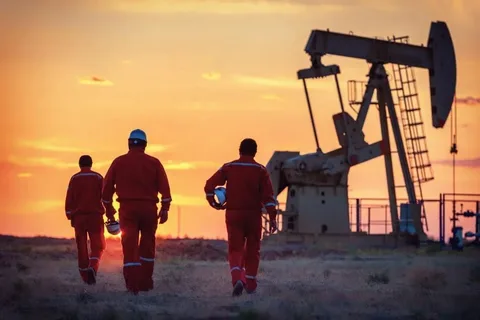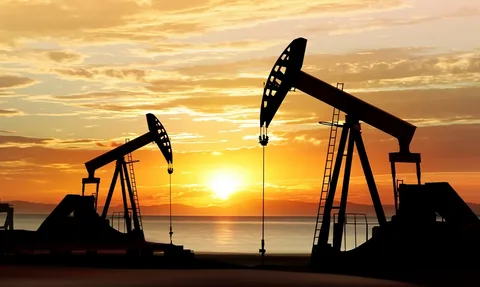Future of Oil & Gas
The History of Oil and Gas: A Journey Through Time
Introduction
The oil and gas industry is one of the most significant sectors in the global economy, influencing everything from energy production to geopolitical dynamics. Understanding its history provides valuable insights into current market trends and future investment opportunities. This overview traces the evolution of oil and gas, highlighting key milestones and developments that have shaped the industry.
Early Beginnings
Ancient Times
The use of oil dates back to ancient civilizations. As early as 3000 BCE, the Sumerians utilized bitumen for construction and waterproofing. Similarly, the Chinese used natural gas for heating and cooking, demonstrating early awareness of these natural resources.


19th Century Innovations
The modern oil and gas industry began to take shape in the mid-19th century. In 1859, Edwin Drake successfully drilled the first commercial oil well in Titusville, Pennsylvania. This marked the beginning of the petroleum age and sparked a wave of exploration and investment.
The Rise of the Oil Industry
Standard Oil and Market Consolidation
The late 1800s saw the emergence of powerful oil companies, most notably Standard Oil, founded by John D. Rockefeller in 1870. Standard Oil’s aggressive business tactics and innovations in refining processes enabled it to dominate the market, leading to calls for regulatory reforms and antitrust actions.


The 20th Century Boom
The discovery of vast oil reserves in places like Texas and the Middle East in the early 20th century fueled rapid growth. World War I increased demand for oil, solidifying its role as a crucial resource for military and industrial purposes. By the 1920s, the automobile industry began to flourish, further driving oil consumption.
The Natural Gas Revolution
Post-War Developments
After World War II, the natural gas sector gained momentum. Technological advancements in drilling and pipeline construction made it easier to transport natural gas, leading to widespread adoption for heating and electricity generation. The 1950s and 1960s saw the establishment of major interstate pipelines in the United States.


Environmental Awareness and Regulation
The 1970s brought heightened awareness of environmental issues and energy security, particularly after the oil crises of 1973 and 1979. These events prompted the U.S. government to implement regulations and seek alternative energy sources. Natural gas emerged as a cleaner option compared to coal and oil.
Technological Advancements and Globalization
The Shale Revolution
The 21st century heralded the shale revolution, characterized by advancements in hydraulic fracturing (fracking) and horizontal drilling. These technologies unlocked previously inaccessible reserves, particularly in the United States, leading to a surge in domestic oil and gas production and transforming global energy markets.


Global Dynamics
As the U.S. became a leading oil and gas producer, geopolitical dynamics shifted. OPEC (Organization of the Petroleum Exporting Countries) faced challenges as non-OPEC producers increased output. This period saw increased competition and volatility in oil prices, influencing investment strategies worldwide.
The Transition to Renewables
Current Trends
In recent years, the industry has faced mounting pressure to address climate change and transition to renewable energy sources. Major oil and gas companies are increasingly investing in cleaner technologies and diversifying their portfolios to include renewable energy projects.


Future Outlook
As we move into a new era of energy production, the oil and gas sector must adapt to changing consumer preferences and regulatory frameworks. Understanding the historical context of this industry is crucial for investors looking to navigate the complexities of the market and seize opportunities in a rapidly evolving landscape.
Conclusion
The history of oil and gas is a testament to human ingenuity and resilience. From ancient practices to modern technological innovations, this industry has undergone remarkable transformations. As The Waterhouse Group focuses on financial insights and investment strategies in the oil and gas sector, staying informed about historical trends will be essential for making informed decisions in the future.
